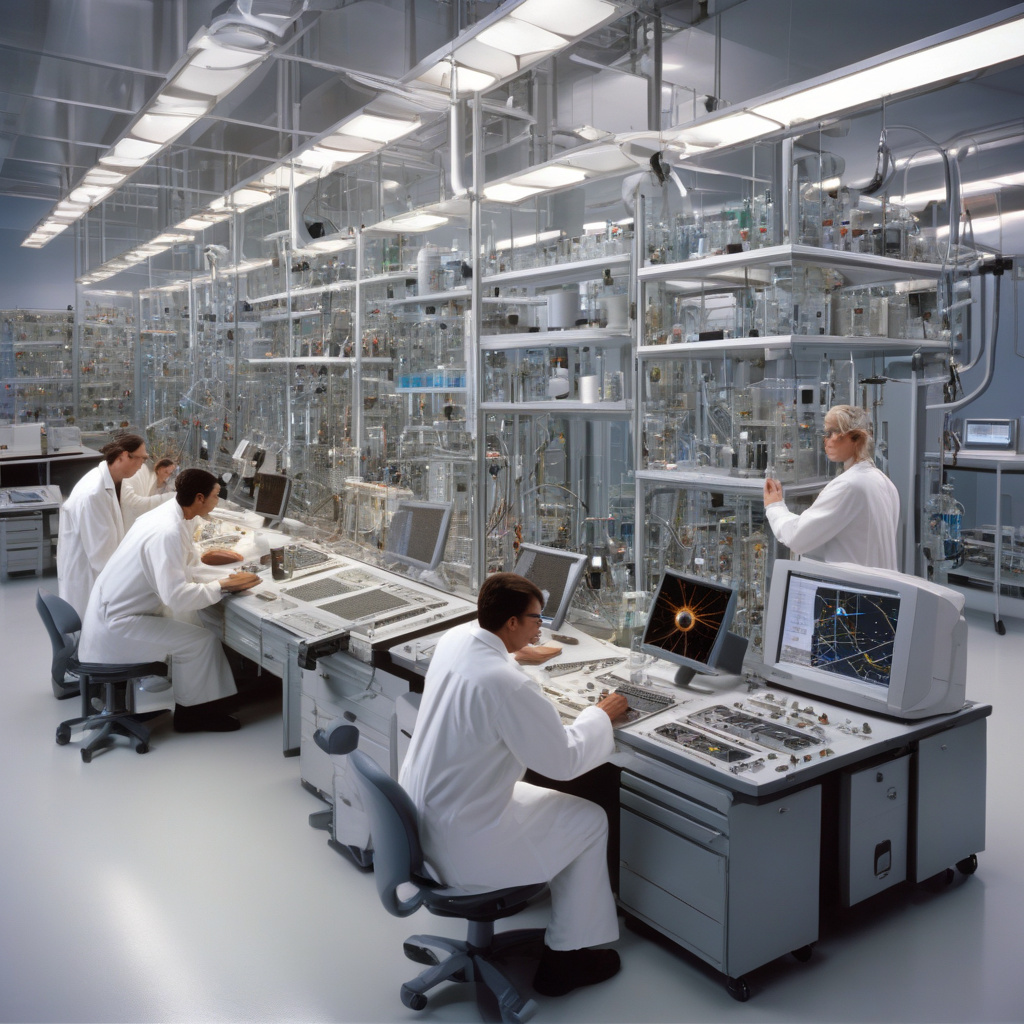Capturing the Unseen: US Scientists Develop Mobile Muon Detector to Prevent Decay
Researchers in the US have developed a mobile muon detector that has the potential to revolutionize the way we study subatomic particles. Muons, which are similar to electrons but heavier, are highly unstable and decay within microseconds. However, scientists have now found a way to capture these fleeting particles before they decay, thanks to the innovative technology of a new mobile detector.
Muon detectors have traditionally been large and stationary machines, limiting their use to laboratory settings. However, the new mobile detector developed by US scientists allows them to capture muons in real-time, even in dynamic environments. This breakthrough opens up a world of possibilities for studying muons in various contexts, from particle physics research to practical applications in industries such as medicine and materials science.
One of the key advantages of the mobile muon detector is its portability. Scientists can now take the detector to different locations, whether it’s a particle accelerator facility or a remote field site, to study muons in their natural environment. This mobility not only expands the scope of muon research but also makes it more accessible to a wider range of researchers who may not have access to traditional muon detection facilities.
Moreover, the ability to capture muons before they decay provides researchers with valuable insights into the properties of these elusive particles. By studying muons in their short-lived state, scientists can gather data that was previously out of reach, leading to new discoveries and advancements in our understanding of the fundamental building blocks of the universe.
The implications of this breakthrough extend beyond the realm of theoretical physics. Muons have practical applications in various fields, such as non-destructive testing in industry and medical imaging in healthcare. The ability to detect and study muons in real-time could lead to innovations in these areas, improving the accuracy and efficiency of current technologies.
Furthermore, the development of the mobile muon detector showcases the power of collaboration between different scientific disciplines. By combining expertise in particle physics, engineering, and technology, researchers were able to create a cutting-edge device that pushes the boundaries of what is possible in muon research.
As we look to the future, the potential of the mobile muon detector to advance scientific knowledge and technological applications is truly exciting. With this new tool in hand, researchers can delve deeper into the mysteries of muons, unlocking a wealth of possibilities for innovation and discovery.
In conclusion, the development of the mobile muon detector by US scientists marks a significant milestone in the study of subatomic particles. By capturing fleeting muons before decay, researchers have opened up new avenues for exploration and collaboration across scientific disciplines. This breakthrough not only enhances our understanding of muons but also paves the way for practical applications that could benefit society as a whole.
#MuonResearch, #ParticlePhysics, #ScientificInnovation, #MobileDetector, #USScientists










